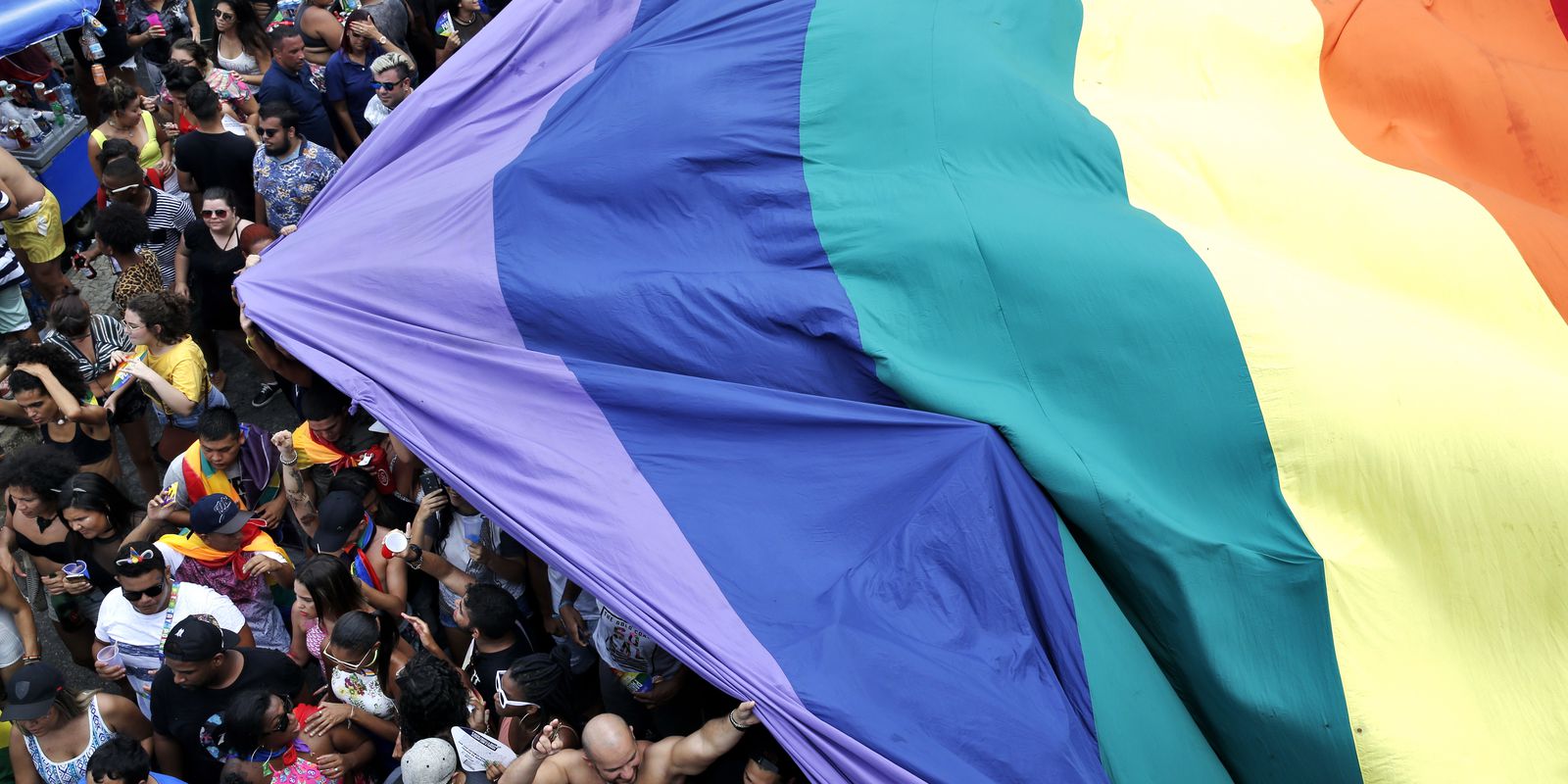An unprecedented survey by Unesp (Paulista State University) and USP (São Paulo University), published in the scientific journal Nature Scientific Reports, shows that in Brazil, 12% of adult people identify themselves as asexual, lesbian, gay, bisexual, and transgender.
This percentage corresponds to 19 million Brazilians, according to population data from the IBGE (Brazilian Institute of Geography and Statistics).
The research mapped the sexual and gender diversity in the country from a representative sample of the Brazilian population, similar to what is done in electoral surveys.

Six thousand people over 18 were interviewed in 129 cities in the five regions of Brazil. Datafolha applied the questionnaires from November to December 2018.
According to psychiatrist Giancarlo Spizzirri, from the USP School of Medicine and the article’s main author, this is the first time a survey like this has been done in a Latin American country.
Another difference in the study is the questions in the questionnaire. Instead of self-declaration, which could incur a misunderstanding of the concepts by the participants, it was opted to ask objective questions and categorize the answers.
“If I came up to a person and asked them, ‘Are you gay? From among the following [options]: homosexual, straight, or bi.’ Depending on how the question is conducted, it could cause a lot of embarrassment.
“Or even the person might not know what to answer. Another way to ask this is: ‘Are you physically, romantically, and sexually attracted to people of the same gender as yours? Or only by people of the same gender?” said Spizzirri.
A survey released by the IBGE in May 2019 about sexual orientation showed that 1.2% of Brazilians, or 1.8 million, declare themselves homosexual, that is, they have an attraction to people of the same sex or gender; and 0.7%, or 1.1 million, declare themselves bisexual, attracted to more than one gender or binary sex.
No data were surveyed, however, on aspects of gender identity, which involves categories such as trans and non-binary people. Information on other sexual behaviors, such as asexuality, was also not surveyed.
“They used a criterion of how the person self-identifies. We didn’t use the self-identification question; we categorized the groups according to the answers we got,” points out the researcher.
The researchers reinforce that the work helps to take the LGBT+ population out of invisibility and contributes to developing public policies aimed at these groups because it is a study in the health field.
“I thought that we would find more people with sexual and gender diversity in the capital cities, and that was not the case.
“The distribution was practically equal, both in the capitals and in the countryside and in all regions of Brazil.
“That is, the policies have to cover all the regions and not only the cities but also the countryside,” she exemplified.
ASEXUALS
The survey data show that, among the 12% categorized as LGBT+, 5.76% are asexual, 2.12% are bisexual, 1.37% are gay, 0.93% are lesbian, 0.68% are transgender, and 1.18% are non-binary. The survey was done based on sexual and gender diversity.
The study’s author reveals that the percentage of asexuals was surprising and that more analysis should be done to understand this number. The vast majority of those who said they do not feel sexual attraction are women (93.5%).
“One of the possibilities, for example, is that this large number of women is of people who end up being head of the family and who make up their own lives regardless of having a partner and who gave up this manifestation, so we need to understand this better,” says the researcher.
He highlights, however, that despite having other options for answers, the participants opted for answering, “I don’t feel sexual attraction”.
Still on this theme, the survey identified that, among the asexuals, 1.1%, both among men and women, pointed out never having felt sexual attraction. It was not, therefore, a momentary situation.
VIOLENCE
The survey also mapped information about psychological, verbal, physical, or sexual episodes of violence.
The most striking figures, however, concern sexual violence. Taking as a baseline the violence suffered by straight, cisgender men, straight, cisgender women reported suffering four times more episodes of sexual violence.
For lesbians, the situation is worse; they reported suffering six times more episodes of sexual violence.
The picture gets even worse with bisexual women, who reported 12 times more episodes of sexual violence.
Transgender people, in turn, are 25 times more sexually assaulted when compared to cisgender men.
With information from Agência Brasil

